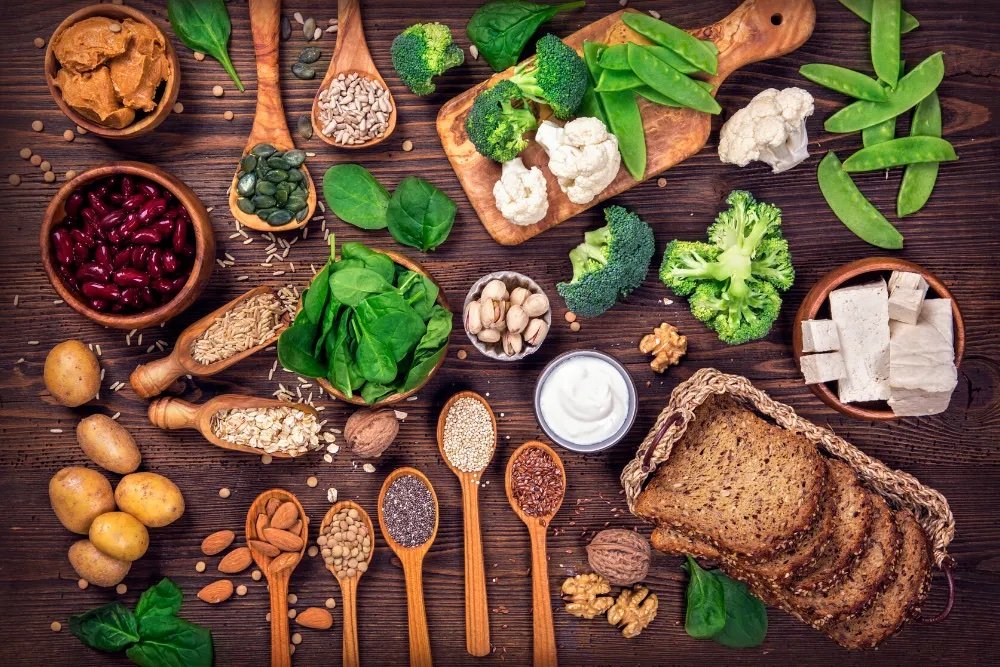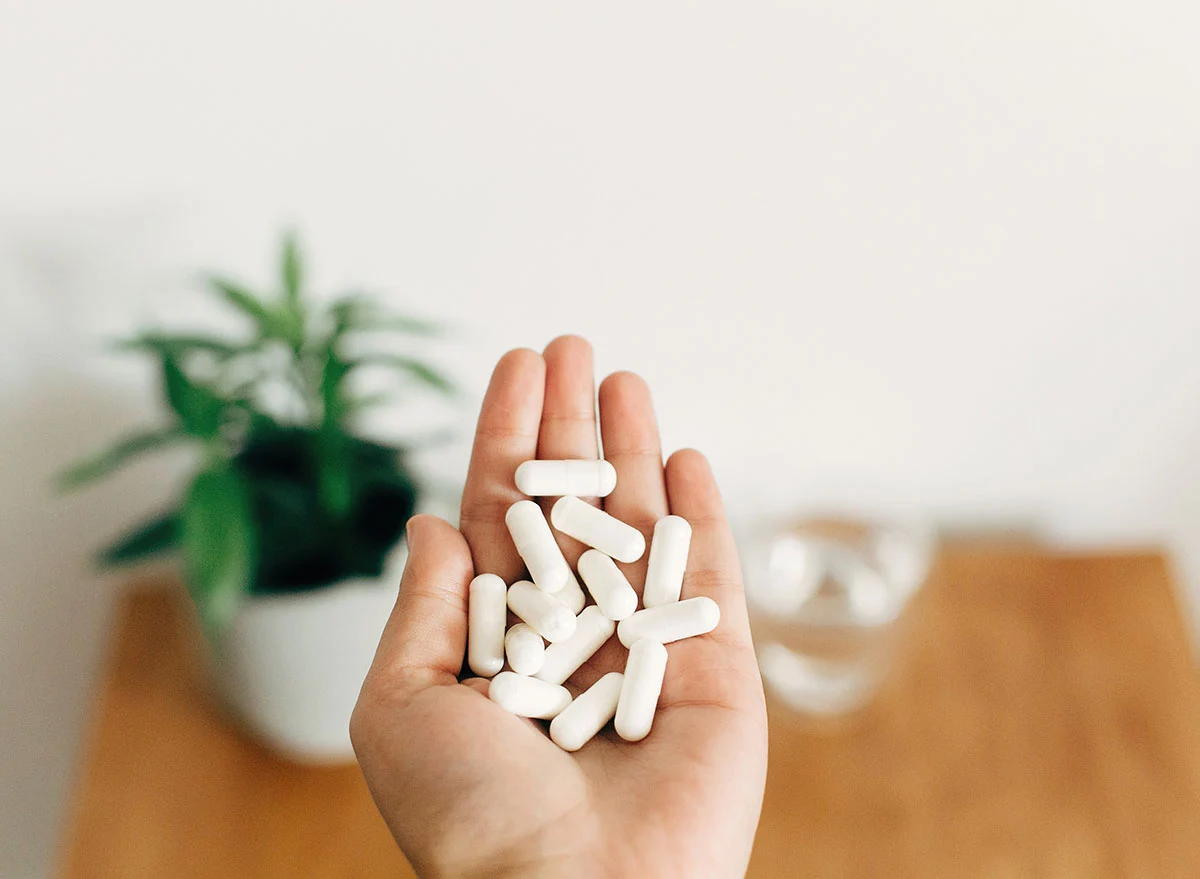Blood Sugar: Why It Matters and How to Make It Better
Why it matters?
High blood sugar can damage your body. Glucose can attach to your blood cells, which is what is measured when you get your hemoglobin A1c tested. High levels of hemoglobin A1c indicate poor insulin control. Blood sugar dysregulation can also increase inflammatory cytokines in your body, have an effect on your brain health and lead to an increased risk of dementia; known as type 3 diabetes.
What does low blood sugar look like?
Low blood sugar, also known as hypoglycemia, causes symptoms such as:
Dizziness
Blurred vision
Inability to concentrate
Sweating
Nervousness
Hunger or nausea
What are some simple ways to help stabilize your blood sugar?
Eat protein and healthy fats with your meals!
Avoid artificial sweeteners: Fake sugars can leave you feeling unsatisfied, which can cause unwanted weight gain.
Try and exercise every single day: This improves glucose metabolism!
Eat bitter foods: Bitter foods help curb sugar cravings!
Add cinnamon into your diet: Cinnamon can help regulate blood sugar levels in those with type 2 diabetes.
Ask a health professional if intermittent fasting could help you!
The sciency stuff...
Firstly, what is blood sugar? Blood sugar is the amount of glucose in your blood.You consume glucose through fruit, juices, starches and carbohydrates. Although these foods can be a part of a balanced diet, moderation is key. The beta cells in your pancreas monitor your blood sugar levels and they release insulin when your blood sugar is too high, whereas alpha cells release glucagon when your blood sugar drops. Insulin allows your cells to use glucose as energy and glucagon tells the liver to release stored glucose to help raise blood sugar levels.
When there is excess glucose in your bloodstream it is converted into glycogen and stored in your liver and muscles. Your glycogen and insulin hormones balance each other out to ensure you have enough blood sugar in your system throughout the day.
It’s important to know that diabetes and blood sugar dysregulation can affect any body type and person. Your risk for diabetes and blood sugar can be measured by testing your fasting blood glucose levels and your hemoglobin A1c. These biomarkers can help you understand how your body is monitoring your blood sugar. Fasting blood glucose measures how your body reacts to a fasting state whereas hemoglobin A1c measures your average blood glucose over the past two to three months. There are other biomarkers that can help you understand how your body is responding to blood sugar levels, such as fasting insulin, post meal sugar levels, different inflammatory markers etc.
Dr. Krista Lowe, Naturopathic Physician
Devlin, Horton (1985) Effects of Prior High-Intensity Exercise on Glucose Metabolism in Normal and Insulin-resistant Men. Diabetes: 34 (10) 973-979
Khan, Safdar, Muzaffar Ali Khan, NawazKhattak, Anderson (2003) Cinnamon Improves Glucose and Lipids of People With Type 2 Diabetes. Diabetes Care: 26 (12) 3215-3218
Opstal, Hafkemeijer, Van den Berg-Huysmans, Hoeksma, Mulder, Pijl, Rombouts & Van der Grond (2019) Brain activity and connectivity changes in response to nutritive natural sugars, non-nutritive natural sugar replacements and artificial sweeteners,Nutritional Neuroscience: (10) 1-11.
Tandel K. R. (2011). Sugar substitutes: Health controversy over perceived benefits. Journal of pharmacology & pharmacotherapeutics, 2(4), 236–243.
















